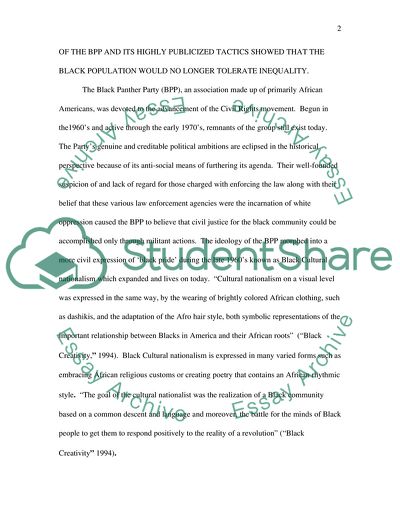Cite this document
(The Rise and Fall of the 2nd Phase of the Civil Rights Movement Assignment, n.d.)
The Rise and Fall of the 2nd Phase of the Civil Rights Movement Assignment. Retrieved from https://studentshare.org/history/1710680-us-history
The Rise and Fall of the 2nd Phase of the Civil Rights Movement Assignment. Retrieved from https://studentshare.org/history/1710680-us-history
(The Rise and Fall of the 2nd Phase of the Civil Rights Movement Assignment)
The Rise and Fall of the 2nd Phase of the Civil Rights Movement Assignment. https://studentshare.org/history/1710680-us-history.
The Rise and Fall of the 2nd Phase of the Civil Rights Movement Assignment. https://studentshare.org/history/1710680-us-history.
“The Rise and Fall of the 2nd Phase of the Civil Rights Movement Assignment”. https://studentshare.org/history/1710680-us-history.


